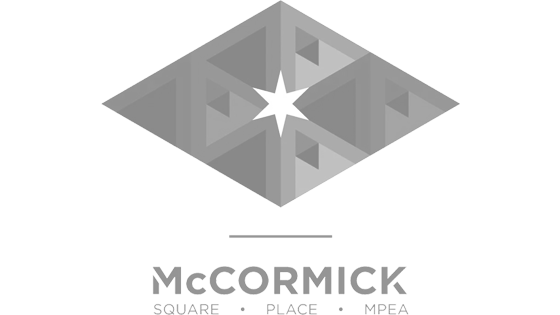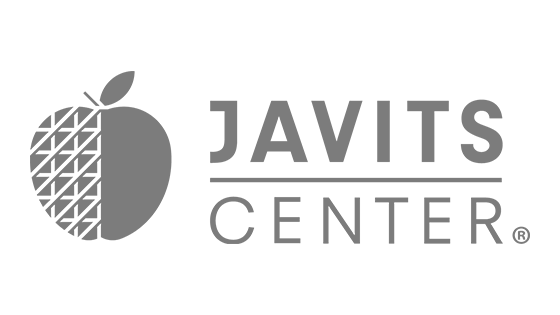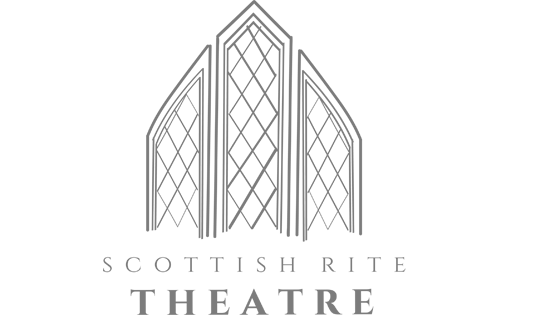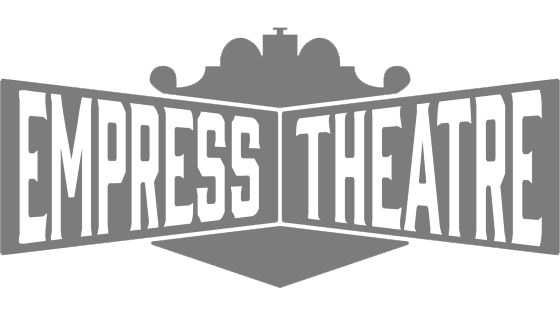
Wheelchair Lift Solutions for Public Events
Convention centers, sports arenas and concert halls are constantly challenged by hosting new events that have unique audience and accessibility requirements. No matter the space, Ascension can provide access.
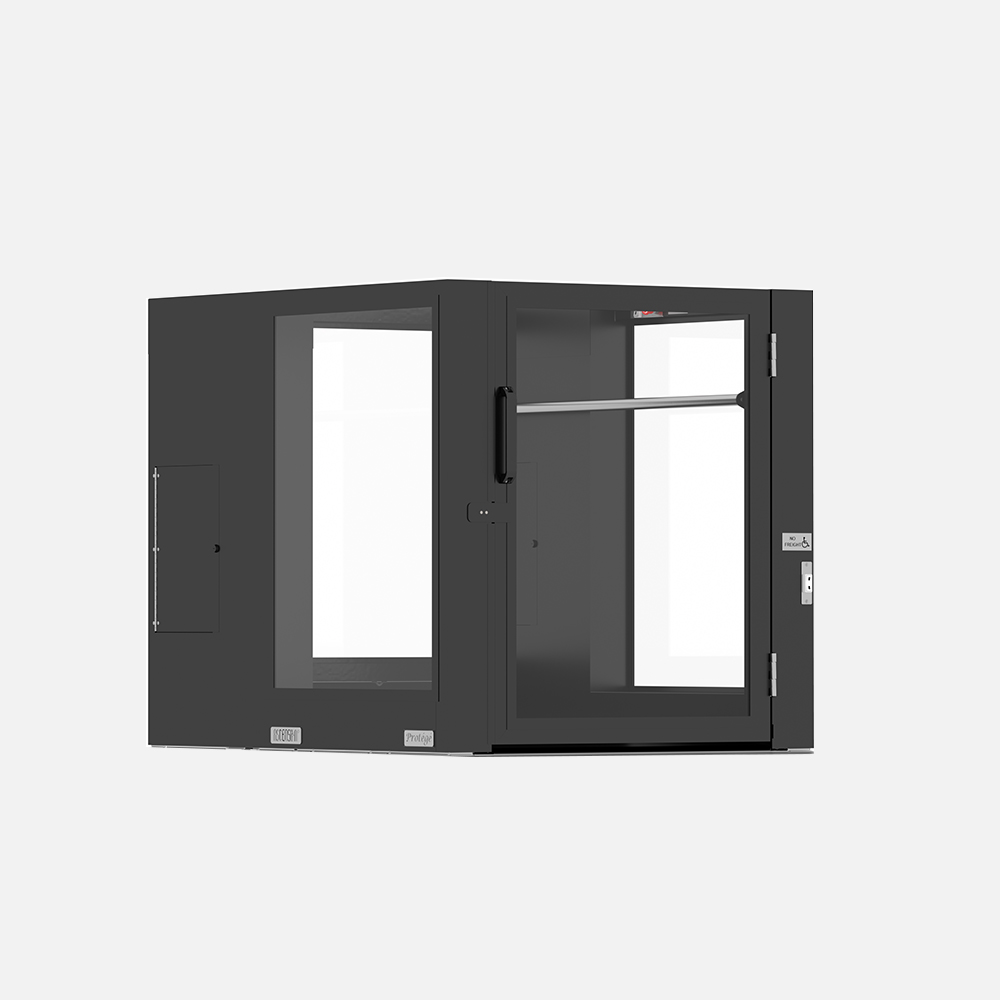
Protégé
The Protégé is an ADA-compliant wheelchair lift used in many low-rise situations. Portable options provide an easy method of delivering access to multiple locations, while its large window area serves a triple purpose: enhancing rider safety, enabling caregiver monitoring, and dispelling rider anxiety.
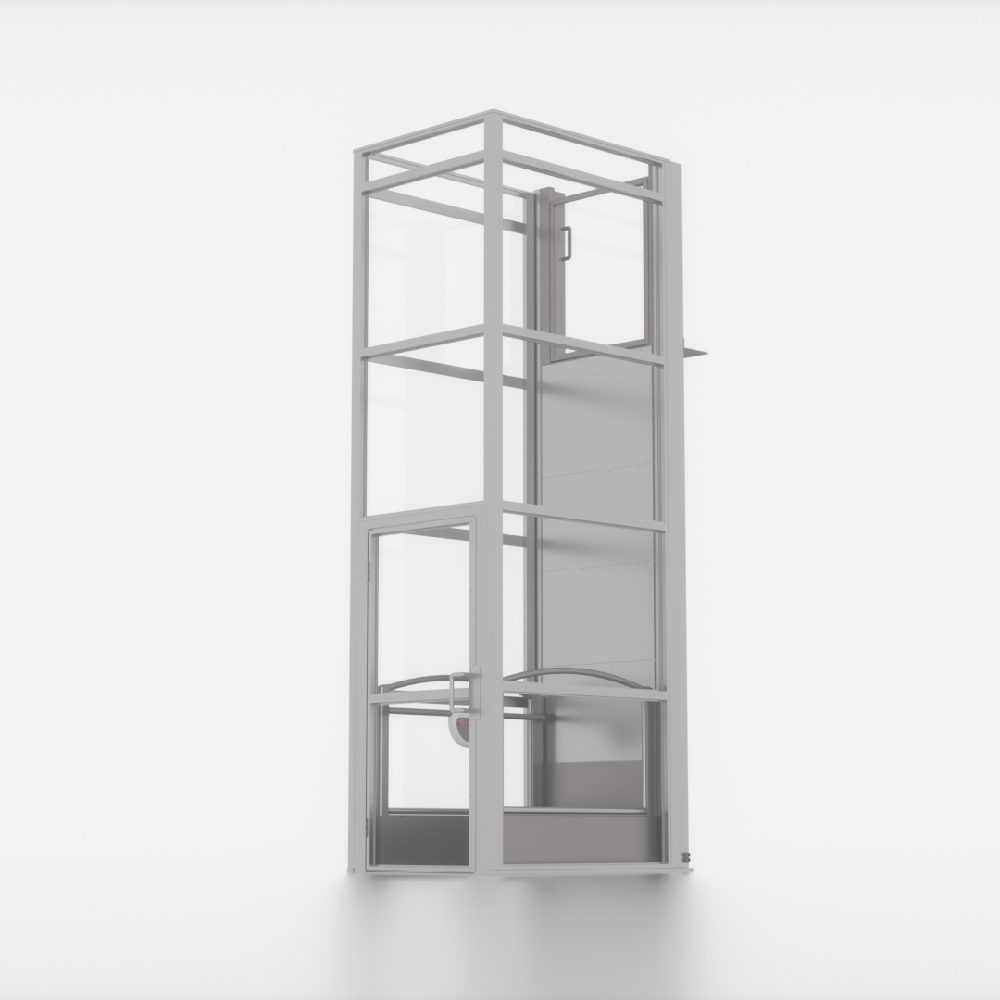
Clarity
Like its siblings, the Clarity excels in ADA compliance and ease of use. The lift is compact and reliable, requiring little space for installation. Its modern appearance and enclosed design offer both safety and aesthetic value. The Clarity offers up to two-story travel, as well as pitless installation and rampless access, making the lift a top-tier accessibility solution.
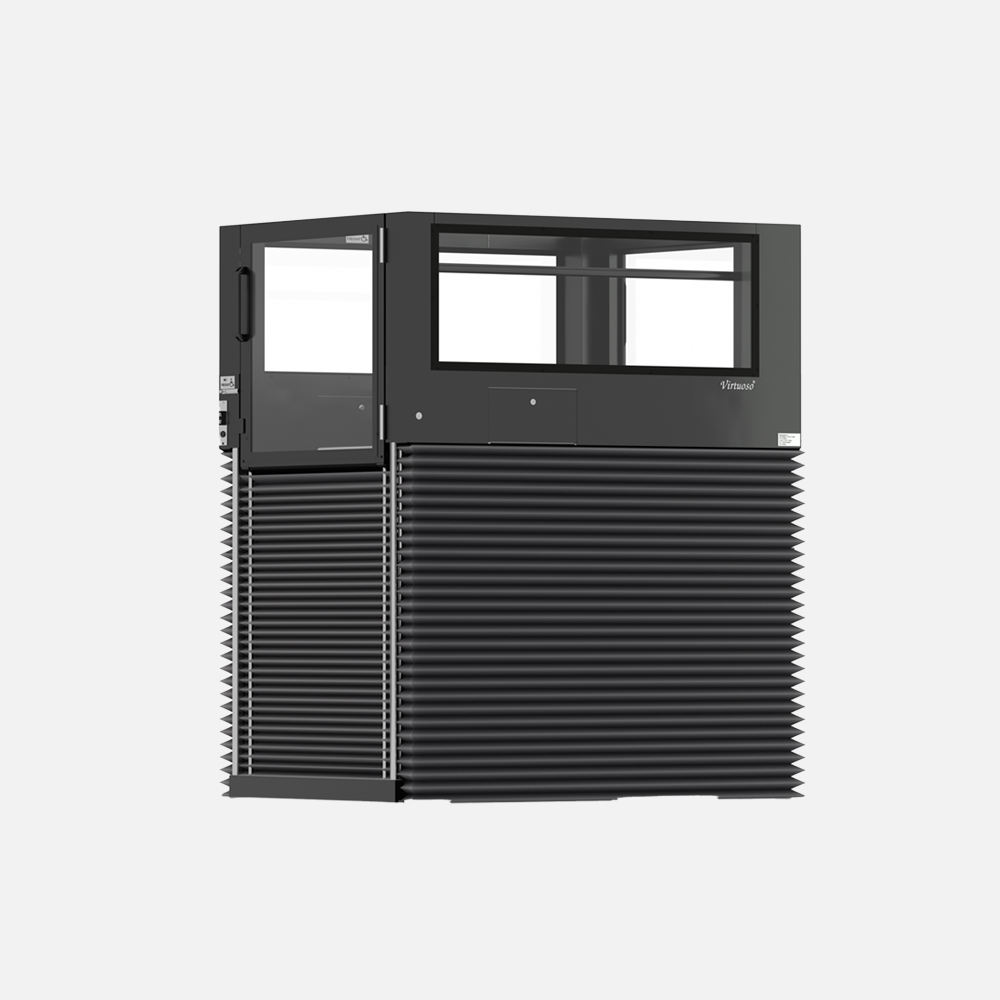
Virtuoso
For the Virtuoso, safety is paramount. Fully ADA compliant, the lift also features an enclosed design to prevent falls, as well as 360° safety skirting to stop casual access to the underside. The Virtuoso’s user-friendly interface and quiet operation provide a seamless experience for all users, making it an ideal choice for those seeking a safe accessibility solution.
How Can Ascension Lifts Help You?
Who We've Worked With
Ascension Has What You're Looking For
Event venues see a lot of use but Ascension has what it takes to endure.
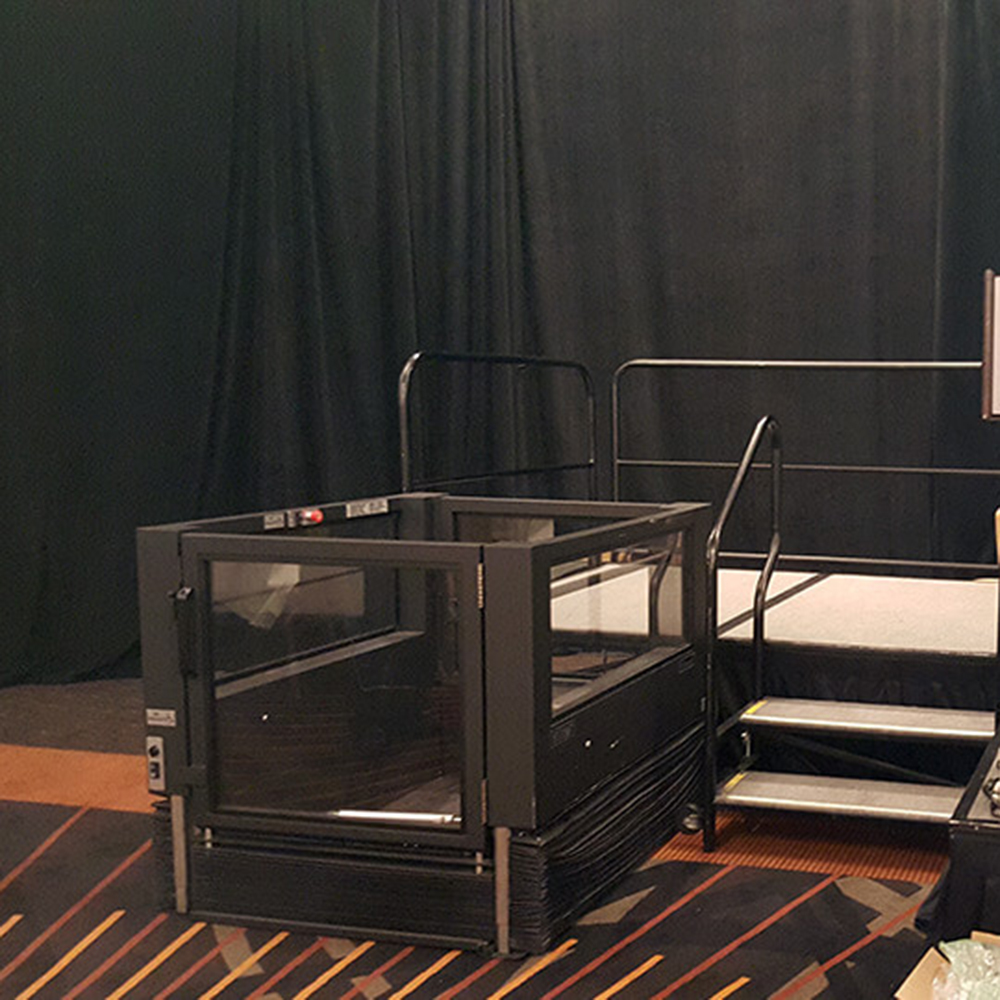
Lifecycle and Support
Ascension was founded in 1990 and we offer the longest, most comprehensive warranty in the business, meaning; we’re not going anywhere. Ascension’s 10-Year Drivetrain, 4-Year Parts, 90-Day Labor warranty is a commitment from us to you that your wheelchair lift will run when you need it, where you need it, for a long, long time.
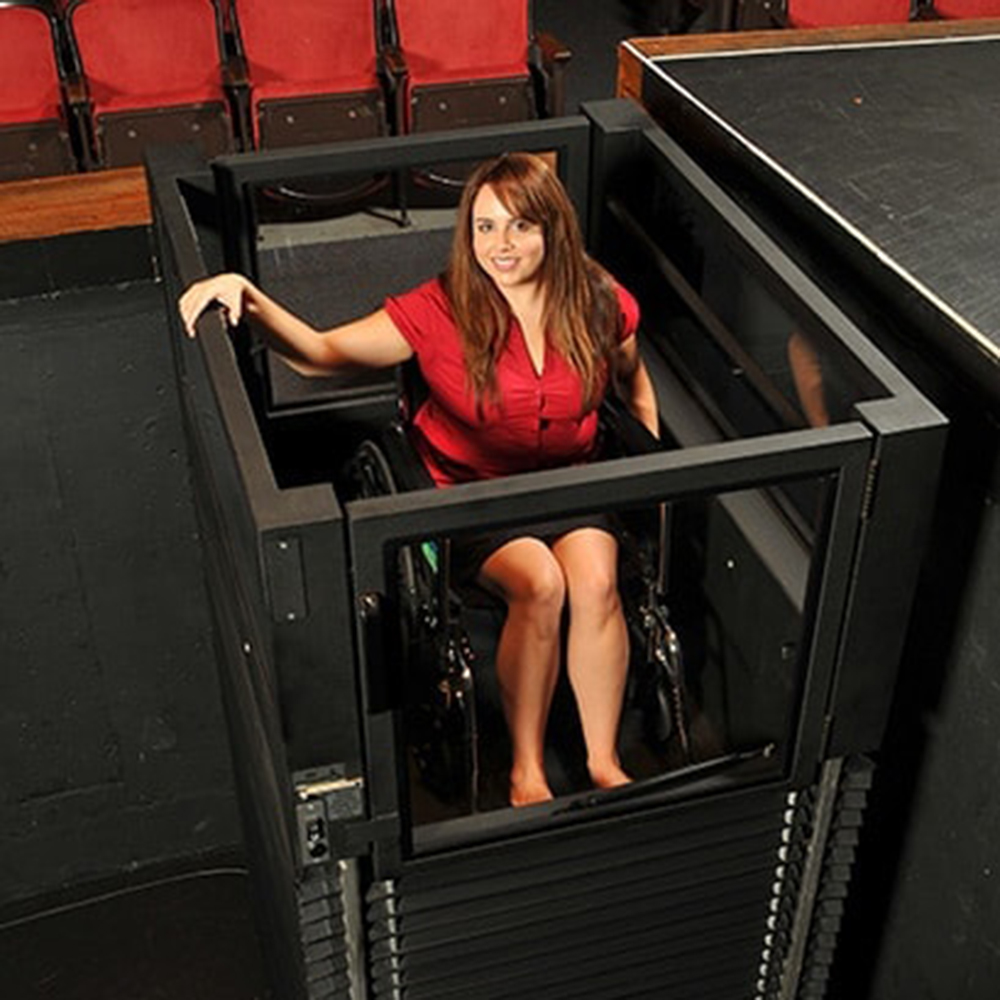
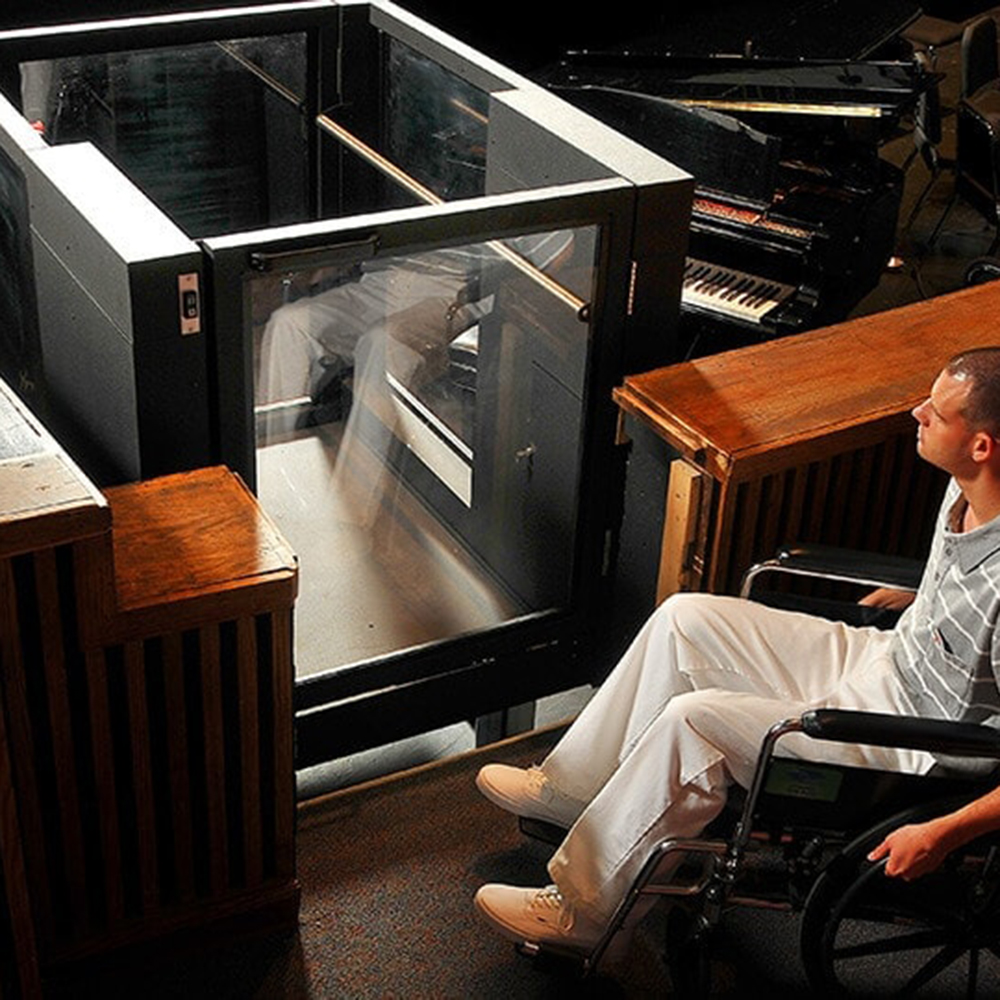
Outer Dimensions
Installing anything requires space and a campus has precious little to spare. That’s why Ascension wheelchair lifts feature small footprints. This enables each lift to fit easily into compact locations, while still supplying an ADA compliant inner platform. Ascension footprints include: Protégé: 52″ W x 61″ L, Clarity: 48″ W x 68″ L, Virtuoso: 52″ W x 64″ L
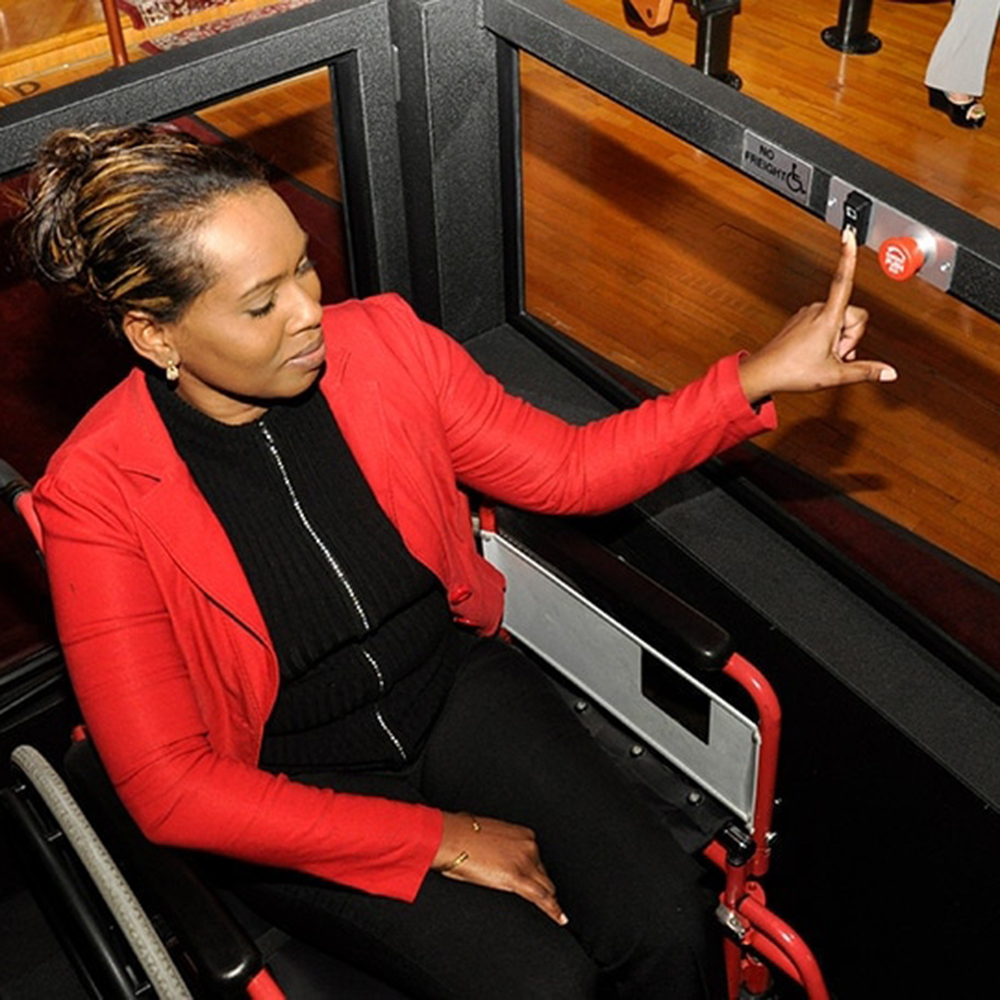
Operational Volume
Every Ascension wheelchair lift utilizes some version of a hydraulic drive system. As such, each system is reliable, strong, and quiet. Descending, each lift is virtually silent; while ascending, each lift features a volume of about normal conversation level (~60 dB).
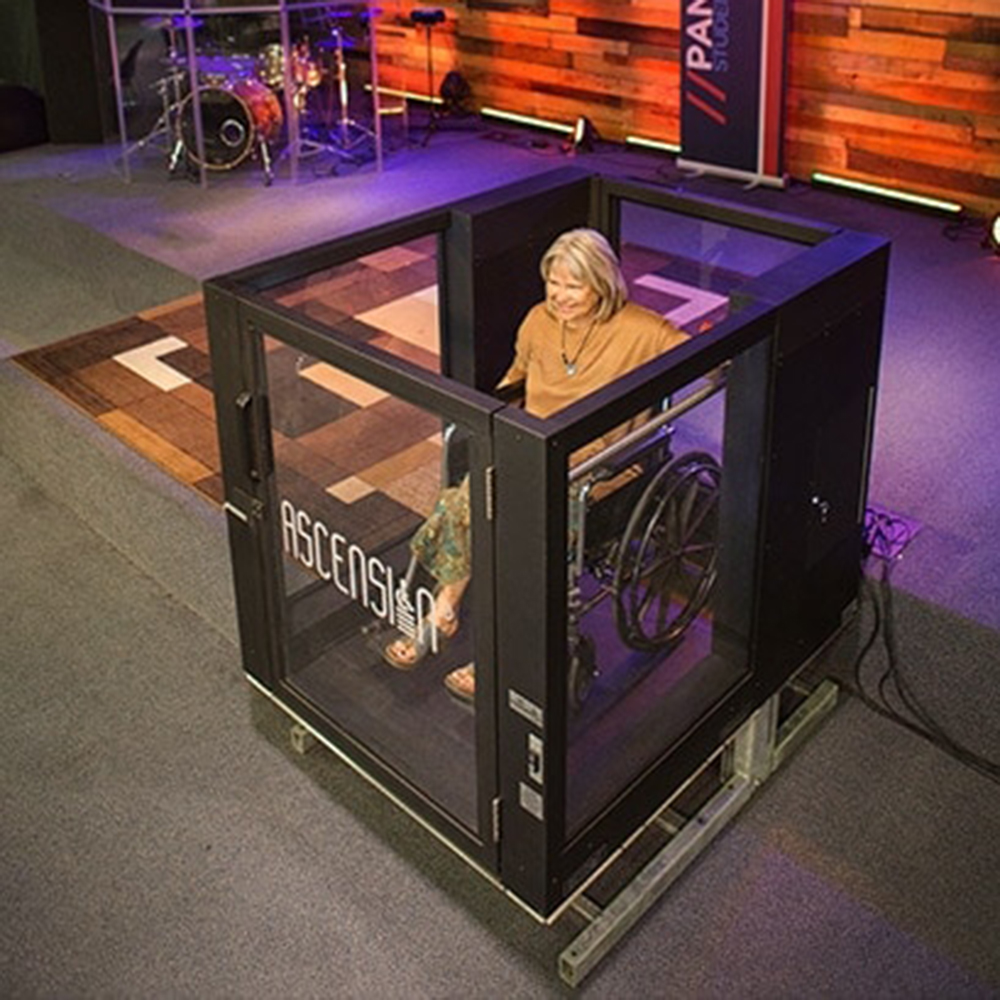
Etched Windows
Ascension can provide etched windows on any lift to include facility or organization name and logo, scenes, and much more.
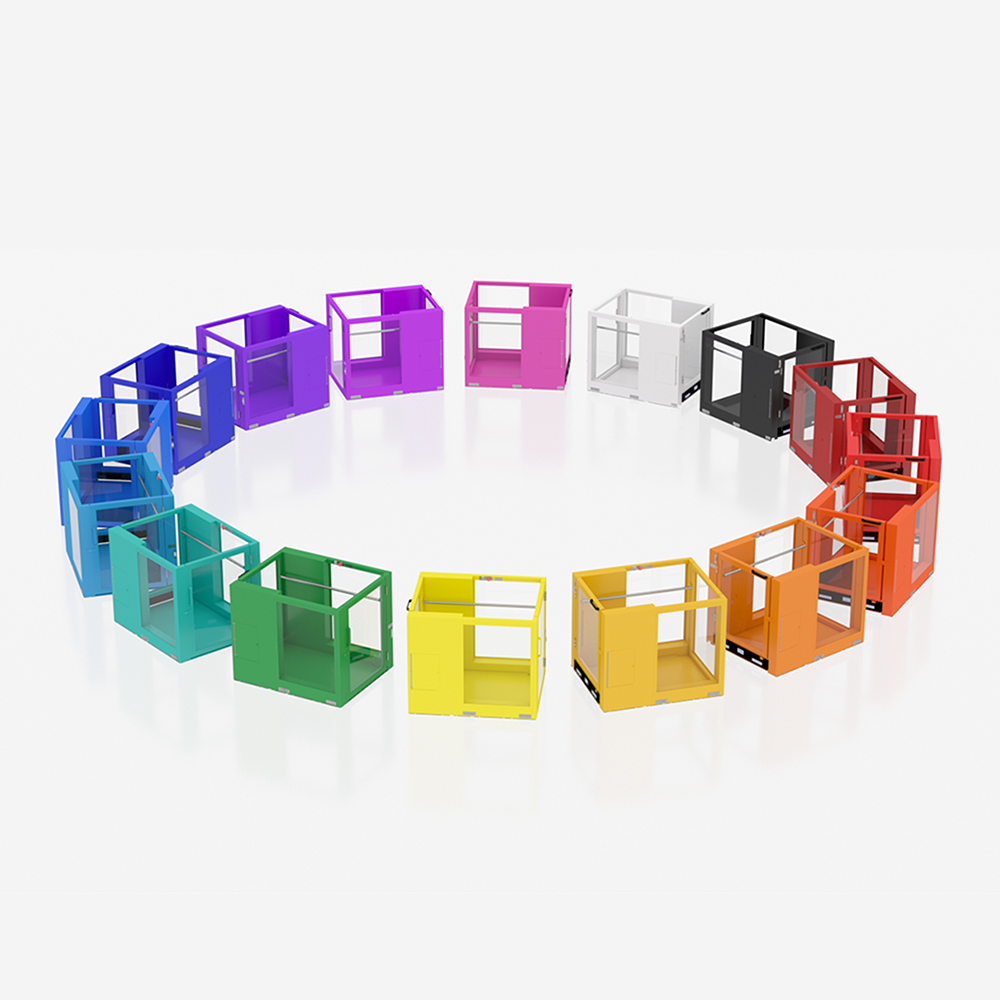
Custom Paint Colors
Ascension offers choice of color so that your lift matches with you vision, at no additional cost.
Additional Industry Information
Additionally, Ascension provides several benefits that standout among our competition:
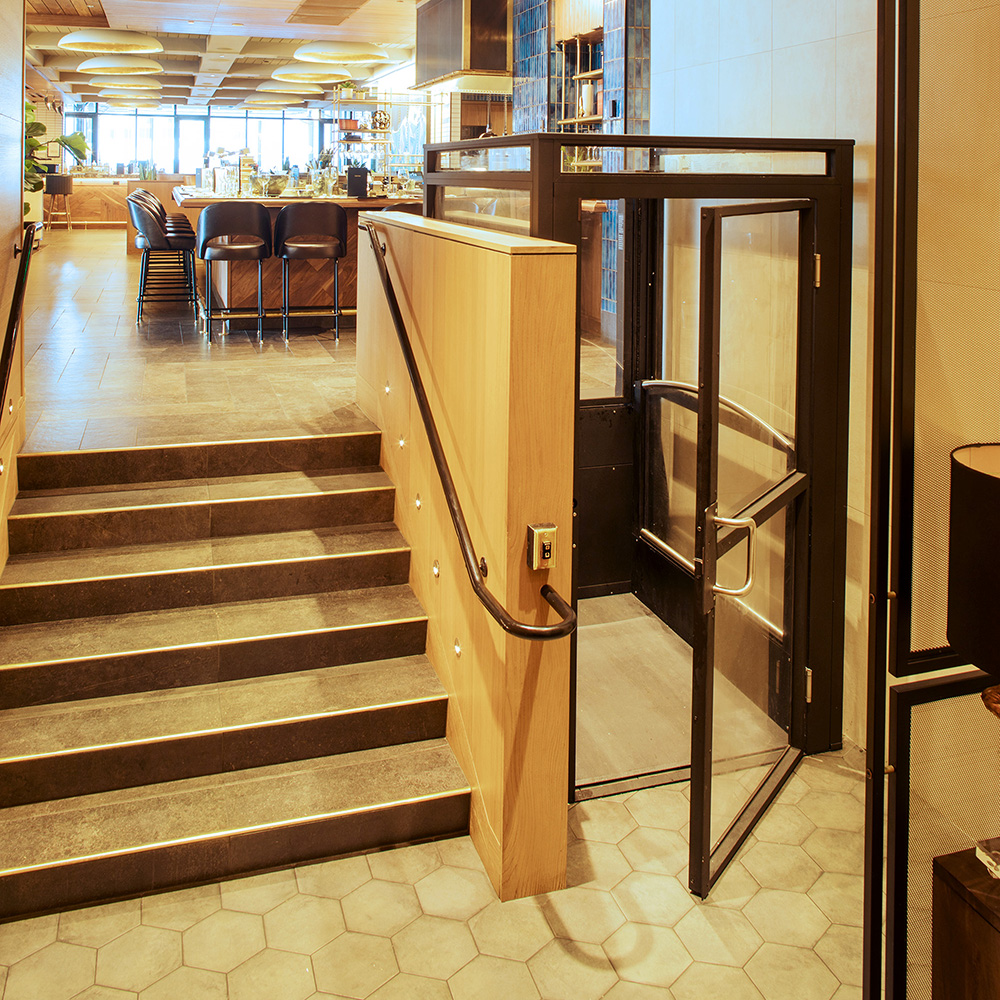
Pitless Design
Unlike many wheelchair lifts, Ascension lifts features a pitless design to remove the need for excavation or damage to a location during the lift’s install.
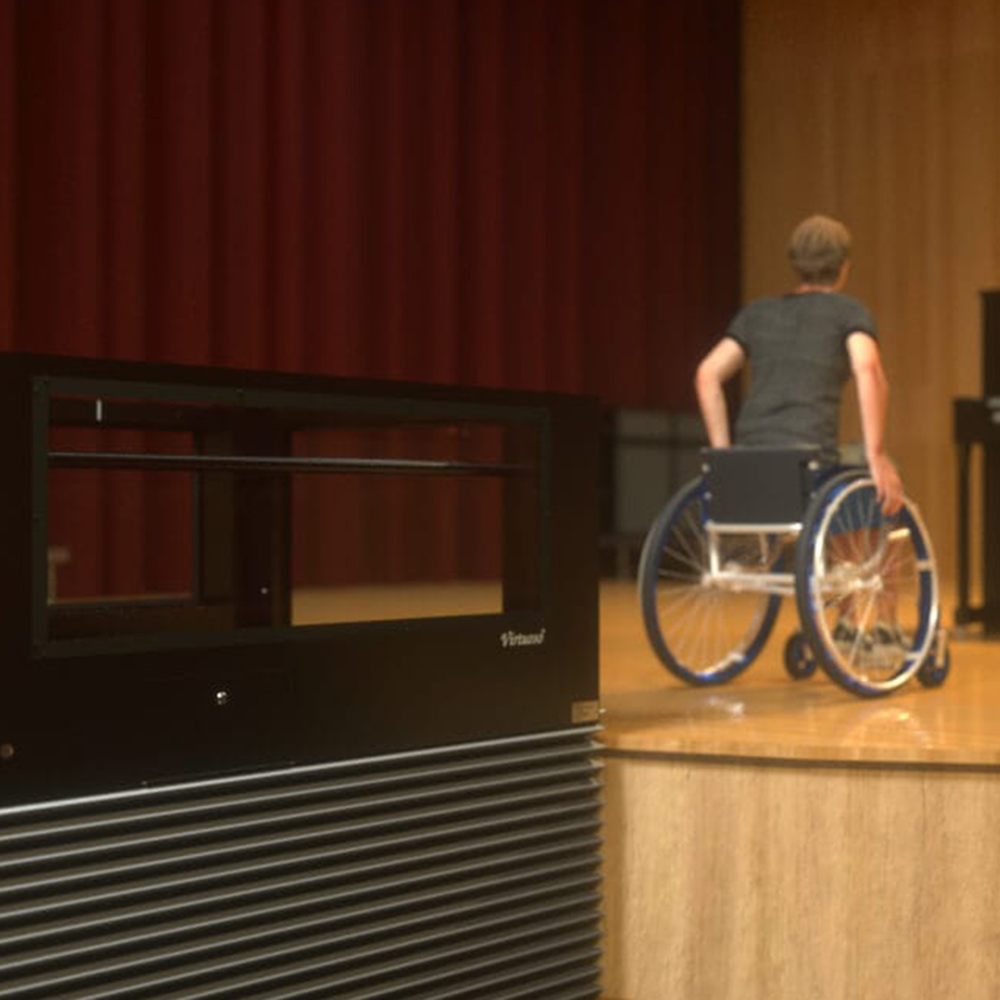
Towerless Design
Rather than the large tower used to hold lifting mechanisms common to wheelchair lifts, Ascension lifts feature a towerless design, made possible from housing the lifting mechanisms in the walls of the lifts. This enables each Ascension lift to maintain a low profile aesthetic and small footprint without obscuring lines of sight.
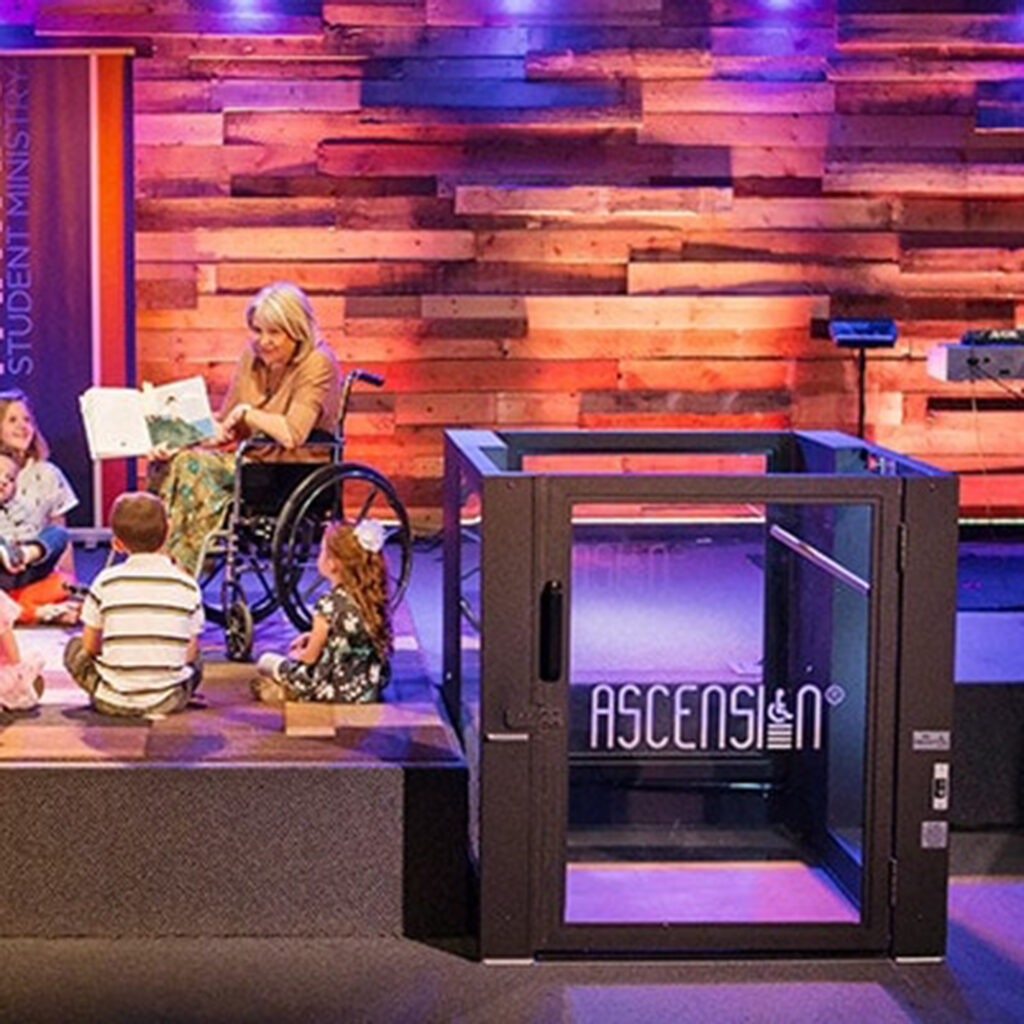
Flush Entrance
Each Ascension wheelchair lift features a flush entrance and exit without the need for ramps. Ramps require greater floor space to use and thus a larger area for a lift installation.

Window Space
Each Ascension wheelchair lift has been designed to maximize the clear window space present in order to prevent rider anxiety, claustrophobia, and allow caregivers to monitor the rider.
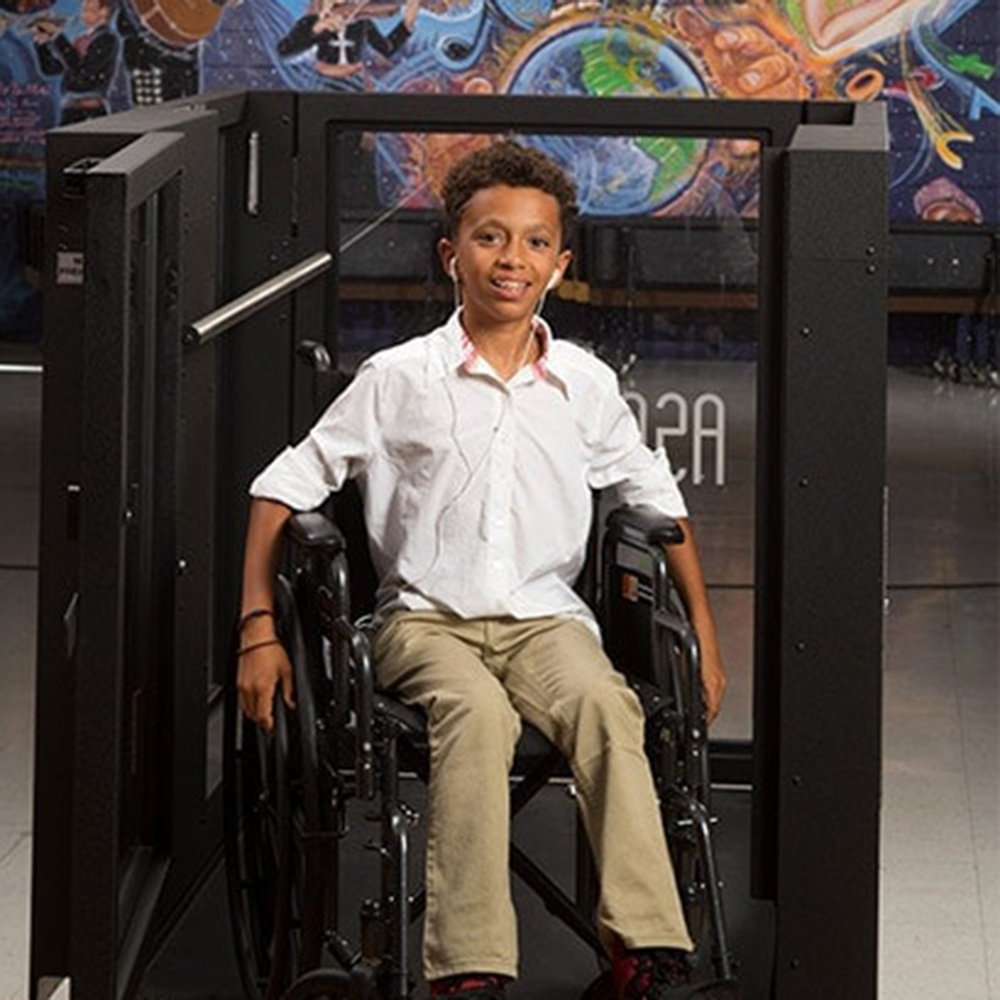
Fully ADA Compliant
Every Ascension wheelchair lift does comply with ADA, ADAAG, and ASME A18.1 requirements.
Tell Us About Your Venue!
Frequently Asked Questions
All Ascension lift models come with a standard 10-year drive train, 4-year parts, and 90-day labor warranty, setting an unparalleled industry benchmark. Optional extended warranties are also available.
Yes. Ascension wheelchair lifts provide all applicable operating and safety requirements necessary for compliance with ADA standards.
Just give us a call at (520) 881-3993 and ask for Ascension Sales; you may also use our Contact Us form or email us.
Set up of the portable Ascension Virtuoso requires approximately 10 minutes, while the portable Ascension Protégé requires approximately 5 minutes. Watch our lift setup videos for more detailed information.
In general, we recommend inspecting the lift’s hydraulic fluid level at six-month intervals. For other specific questions regarding maintenance, get in touch with us.
Typically due to code requirements; however, some installation locations are better served with permanent modal wheelchair lifts instead of portable versions. Because states, regions, and municipalities throughout the US and elsewhere all adopt different versions of the Americans with Disabilities Act (ADA) regulations, a permanent wheelchair lift, rather than a portable lift, may be required by law.
All Ascension lifts may be used outdoors. For extended outdoor use, cold climates, and other harsh environments, an optional Outdoor Package is available.
The Ascension Virtuoso 5460 Model Series has a 60” maximum rise and the Ascension Protégé 5442 Model Series has a 42” maximum rise. The Ascension Clarity 16E features a 168” maximum rise.
Some Ascension models can interface with some full-height doors in some locations. Please contact us to get the answers for your specific application.
Ascension’s standard availability for portable models is two weeks after receipt of order. Permanent models are custom made; therefore, the lead time can vary from four to ten weeks.
Right here, of course! We sell direct as the manufacturer. Contact us today for a free estimate!
Yes! The Ascension Virtuoso 5460P and the Ascension Protégé 5442P may be CE-marked for distribution in the European Union.
Yes! Ascension sells direct as the manufacturer in many areas worldwide.
